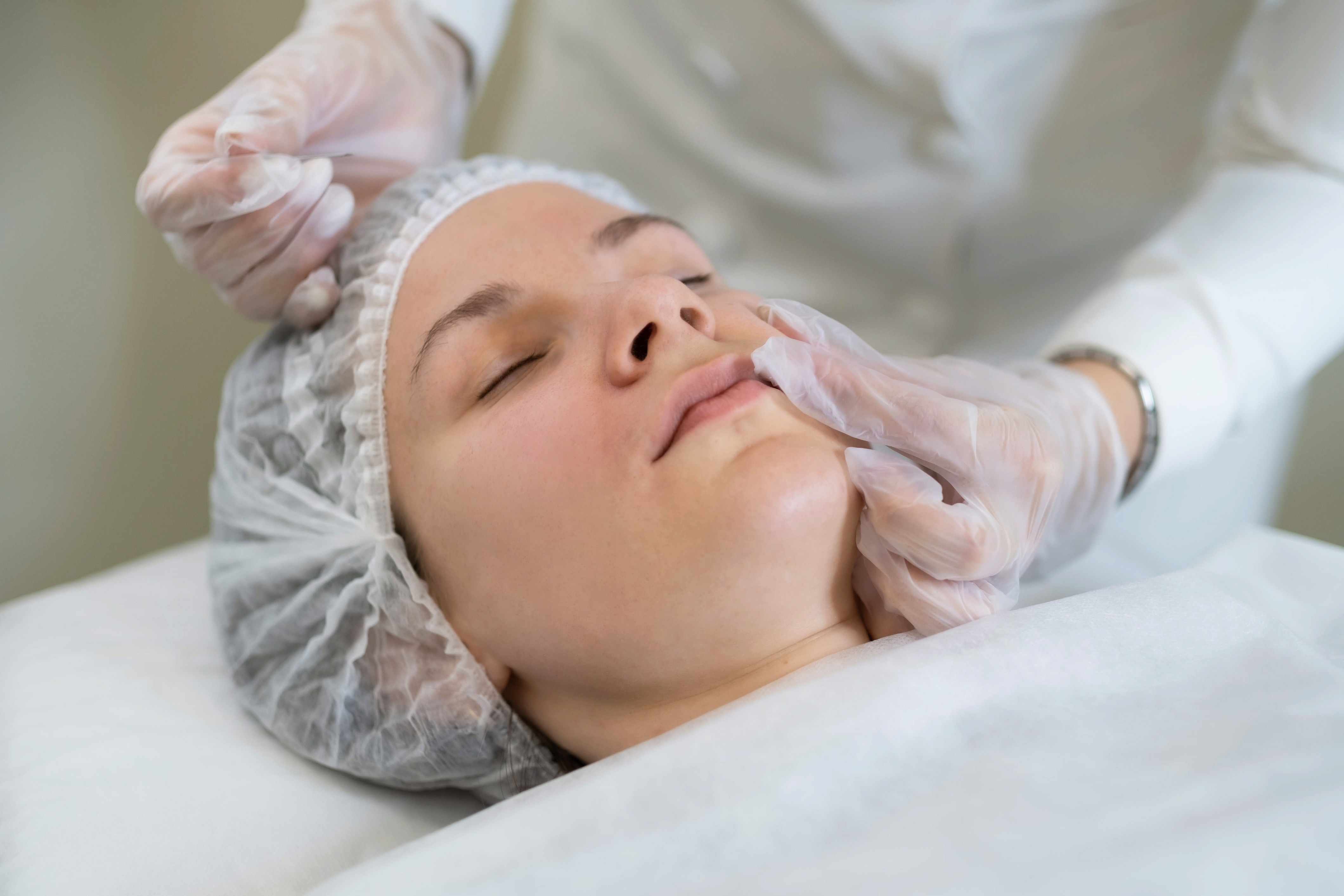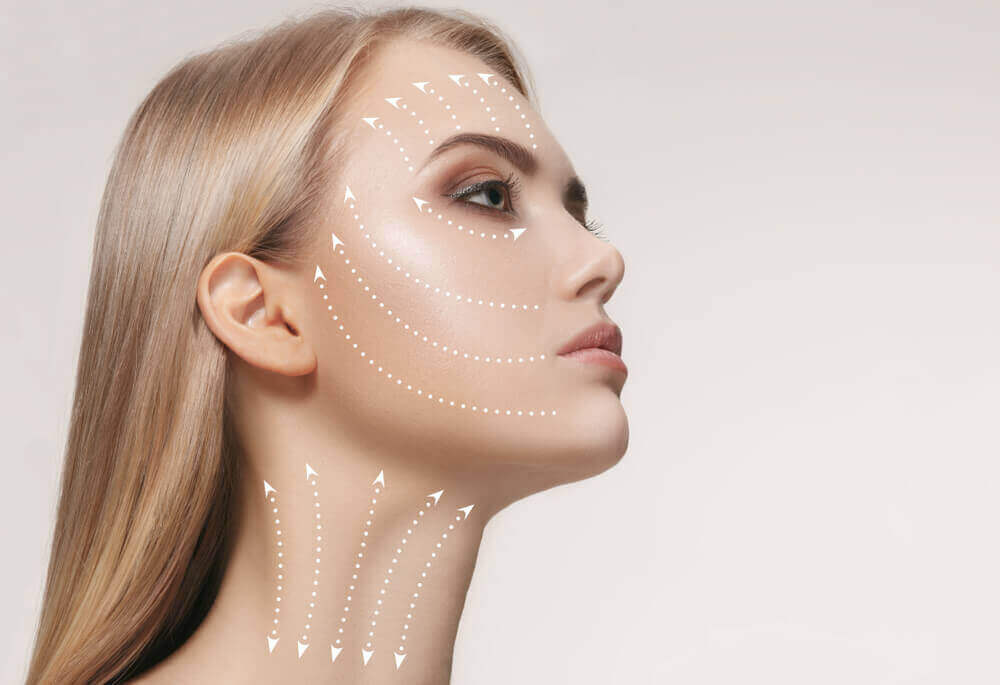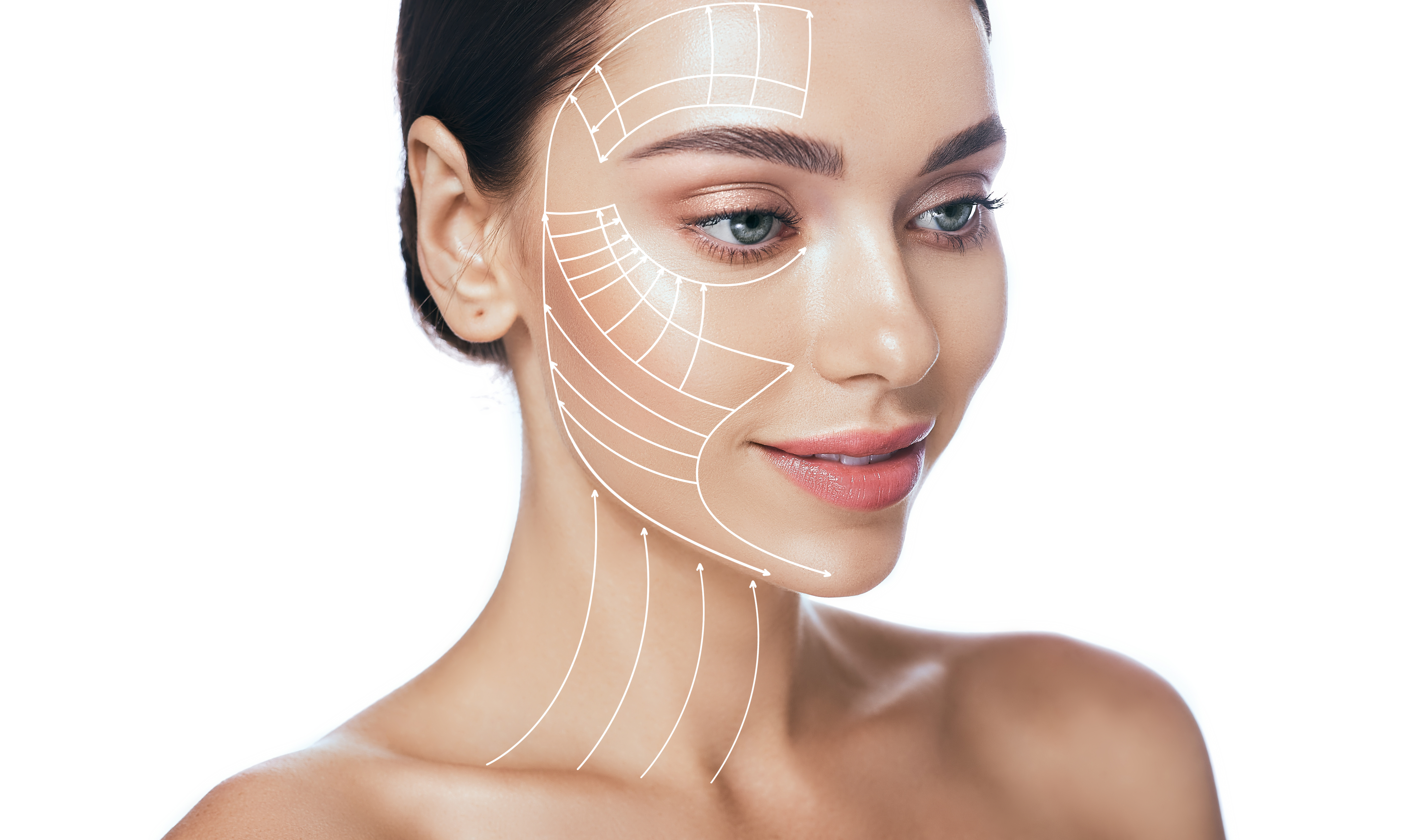With years of experience in the cosmetic surgery sector, we at the Badge Clinic are committed to helping our patients achieve their desired aesthetic goals. Whether you’re looking to enhance your natural features or turn back the hands of time, the Badge Clinic is here to assist you every step of the way.
We’ll get back to you within one business day (via e-mail & WhatsApp)
Our commitment to transparency and patient education is evident in every step of our Turkey face lift surgery process. Your journey begins with a comprehensive consultation where our skilled surgeons assess your specific needs and expectations. This ensures a personalised approach, preserving your unique features while addressing your concerns. If you’re considering further enhancements, consider chin surgery to further tailor your appearance to your liking.
Our Turkey face lift surgery process involves general anaesthesia for your comfort. Depending on your desired results, you can choose from options like a traditional face lift, a limited incision face lift, or a neck lift in Turkey. Incisions are strategically made, with sutures that may dissolve, leaving discreet lines within the natural contours of the face, hairline, and ear. The healing process is carefully guided, and as the visible improvements unfold, you can expect a more youthful and rested appearance.
While consulting our team, you may want to consider a brow lift in place of a full face lift. Book to talk to our surgeons now and learn about the differences between our face and brow lift procedures.




After undergoing a Turkey face lift procedure, the aftercare process is crucial for optimal results. While recovery times may vary, most individuals are happy to resume their regular activities after 10 to 14 days.
It’s essential to recognise that the complete restoration of the face’s normal texture, sensitivity, and natural tightness may take approximately 2-3 months. During the initial healing phase, it is advised to refrain from strenuous exercises and activities to ensure a smooth recovery. Although returning to daily activities is possible relatively quickly, following the specific postoperative care instructions provided by your surgeon is essential for a successful and comfortable healing process.
Candidates should not have severe medical conditions that could increase the risks associated with surgery. A comprehensive medical assessment will be conducted to ensure safety. You will need to be in good overall health to be eligible for a Turkey face lift.




Choosing the Badge Clinic for your face lift in Turkey not only ensures expert surgeons and state-of-the-art facilities but also significant cost savings compared to the UK and other parts of the world. Our commitment to making our Turkey face lift surgery and procedures like our brow lift and smile makeover more accessible is reflected in our competitive prices. Experience exceptional results without compromising on quality or safety.
While there are many benefits of our face lift cosmetic surgery in Turkey, it’s essential to be aware of potential risks. Common risks include infection, bleeding, and adverse reactions to anaesthesia. Your skilled surgeons at the Badge Clinic take every precaution to reduce these risks and ensure a safe procedure. It’s crucial to follow post-operative care instructions diligently to reduce the likelihood of complications. During your comprehensive consultation, our team will discuss potential risks based on your medical history.
Our goal is to provide transparent information without deterring your decision. Characteristics that make you a good candidate for a face lift in Turkey include sagging and creased skin, deep creases, displaced facial fat, and loss of muscle tone. Your skilled surgeons at the Badge Clinic will guide you through the process, minimising risks and ensuring a safe and satisfying outcome.



At the Badge Clinic, we understand that undergoing a face lift in Turkey may involve an overnight stay. If required, you’ll be booked into a hotel near the clinic, allowing you to recover in comfort. Overnight hospital stays are only deemed necessary when essential. Enjoy your stay in Turkey as you recover before heading home, and for more details on accommodations, feel free to get in touch.
Book your consultation today to explore the possibilities of a more youthful and confident you.
Choosing to undergo a face lift in Turkey offers many benefits. Our clinic boasts experienced surgeons renowned for their expertise in facial rejuvenation, ensuring that each patient receives personalised and high-quality care. What sets us apart are our all-inclusive packages, which not only cover the surgical procedure but also include hotel stays, providing a seamless and stress-free experience for our patients.
The Badge Clinic is committed to offering competitive pricing without compromising on the quality of service, making aesthetic transformations accessible to a broader audience. With a focus on patient comfort and satisfaction, our comprehensive approach encompasses not only the surgical aspect but also postoperative care, ensuring a smooth recovery. Choose the Badge Clinic in Turkey today for a revitalising face lift experience.




To help you make an informed decision about your face lift surgery in Turkey, the Badge Clinic offers personalized consultations. During your consultation, our surgeons will discuss your concerns, assess your suitability for the procedure, and provide you with a tailored treatment plan. Contact us today to book your consultation.
The recovery time for a face lift in Turkey varies from person to person, but most individuals can typically resume public appearances within 10-14 days. However, it’s important to note that it may take approximately 2-3 months for the face to fully regain its normal texture, sensitivity, and natural tightness. While you may return to daily activities relatively quickly, strenuous exercises and activities should be avoided during the initial healing phase.
The results of a face lift are long-lasting, providing a rejuvenated appearance for many years. While individual experiences may vary, a well-executed face lift in Turkey typically offers enduring improvements. To maintain the longevity of your results, it’s essential to practice good skincare, including daily sun protection, and adopt a healthy lifestyle. Additionally, engaging in regular consultations with your plastic surgeon allows for ongoing assessments and potential adjustments to further enhance and extend the benefits of your face lift.
Choosing the right type of face lift depends on your individual concerns and goals. During the comprehensive consultation at the Badge Clinic, our experienced surgeons will assess your facial anatomy, skin condition, and specific areas of concern. Options include a traditional facelift, limited incision facelift, or a neck lift, each addressing different aspects of facial aging. Our surgeons will guide you through the available options.
Yes, at the Badge Clinic, we offer personalised treatment plans that can include a combination of procedures to address various concerns. If you wish to enhance multiple aspects of your appearance, our skilled surgeons can discuss options like combining a face lift with procedures such as rhinoplasty or Botox. During your consultation, our surgeons will assess your specific goals and tailor a customised plan to meet your unique needs, ensuring a cohesive and natural-looking result.